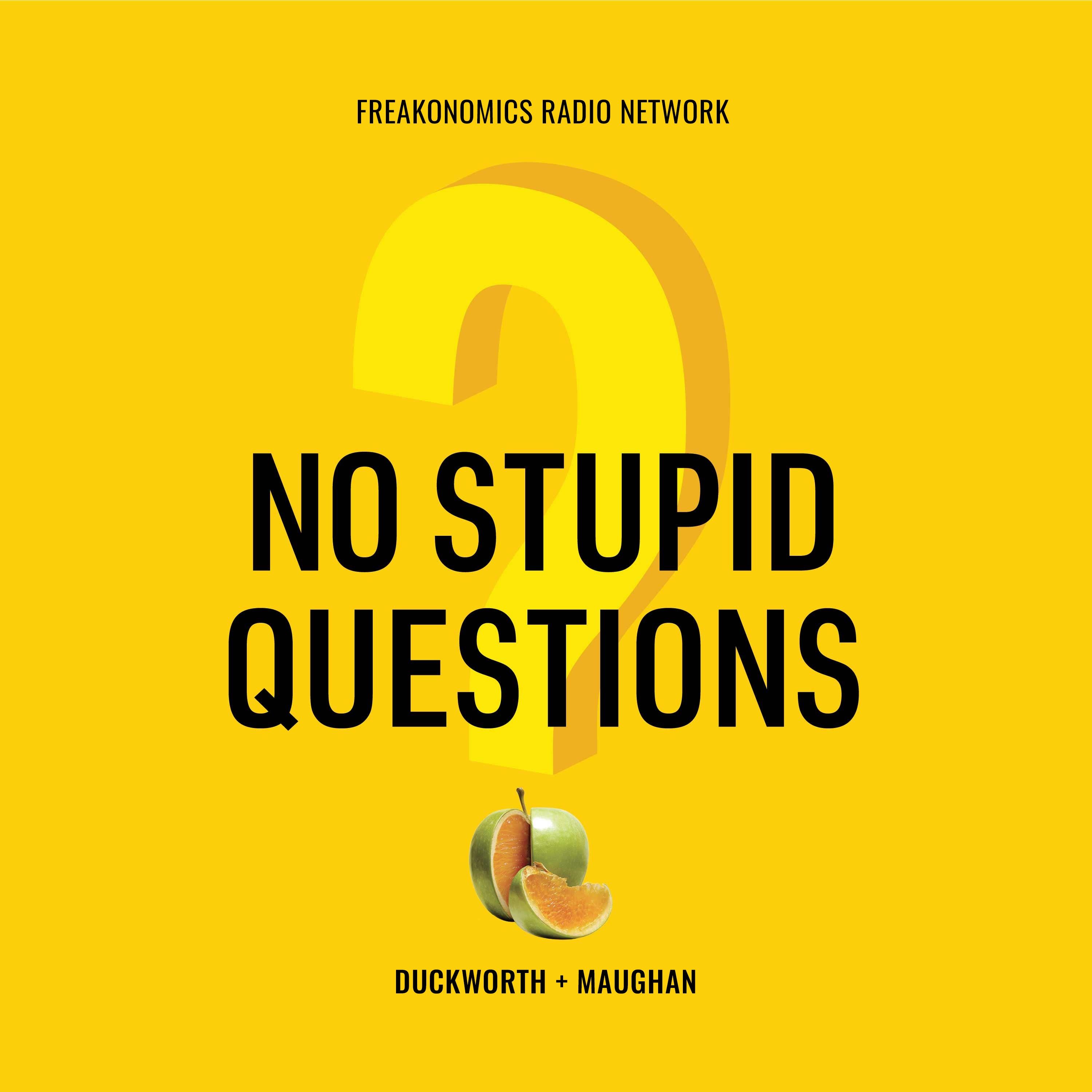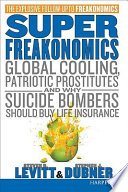📚 2 Books mentioned in "Why Are Stories Stickier Than Statistics? (Replay) | No Stupid Questions" of No Stupid Questions

Podcast: No Stupid Questions
Episode: Why Are Stories Stickier Than Statistics? (Replay) | No Stupid Questions
Published on September 10, 2024
Here’s a list of all the books mentioned in this episode. Click on the links to watch specific excerpts on YouTube and feel free to purchase the books if they caught your interest!

Holy Bible (NIV)
Buy Holy Bible (NIV) by Various Authors, on Amazon
There was the era of BS troubadours, and you know, the Bible, the Old Testament, at least I should specify, all of which existed pre-written language. It's hard to imagine that they were passed along orally, but they were.
The podcast hosts are discussing the stickiness of stories and their importance in the eras before written language, using 'the Bible' as an example, specifically including the Old Testament. They highlight how stories from the Bible were conveyed orally, showcasing the power of storytelling.

SuperFreakonomics LP
Buy SuperFreakonomics LP by Steven D. Levitt, Stephen J. Dubner on Amazon
And it turns out that if you pull apart the story of what actually happened that night—which is a little difficult to do, CU this was in the 1960s—but we went back, and in our second book, Super Freakonomics, we actually retold the story as well as we could, including the incentives for the reporters involved and the police involved. And it turns out that the story as rendered in the New York Times and the story that has kind of magnified throughout our collective memory and into the psychology textbooks was just not right.
The hosts are discussing the story of Kitty Genovese and how the media misrepresented the events. They explain that they provided a more accurate retelling in their book 'Super Freakonomics', aiming to clarify the facts and the influences on the journalists and police involved.
